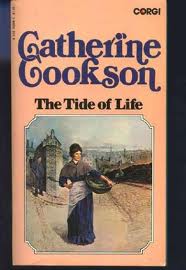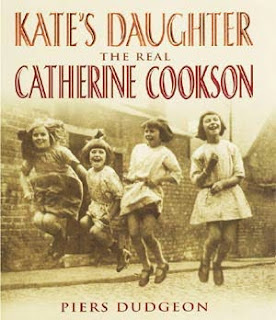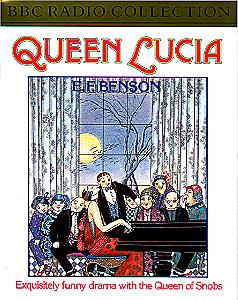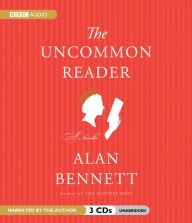Kristine’s post about the Duke of Wellington visiting the wax museum has inspired me (Victoria) to write about a book I recently enjoyed: Madame Tussaud by Michelle Moran. It is a fictional biography, well-researched but using the kind of emotional depth and intimacy of fiction. I found the book fascinating and very well-written. I admit I have never been to one of Madame Tussaud’s institutions; I would love to see the historical personages, but I have always assumed there was a lot more attention to current rock and film stars — and I wouldn’t recognize them much less care about them. I guess I have always classified wax museums as tourist traps. I know lots of people love them — but I’m not a fan of the institution.
However, reading the story of Marie Grosholtz and her family gave me a true appreciation of what they were trying to accomplish with their salon, including making a lot of money, and the lengths to which they went to conform to popular trends in a time of incredible turmoil.
Michelle Moran is the author of several historical novels. Click here for her website. The picture left shows Ms. Moran (r) with the figure of her subject, Madame Tussaud, at the Hollywood Museum. I have read reports of a film of the book in the works. And why not? Madame lived a long, event-filled life. Marie Grosholtz was born in 1761 in Strasbourg. Her widowed mother took her to Bern, Switzerland, where they lived in the household of Dr. Curtius, a physician who specialized in creating wax models, first for teaching purposes, eventually for exhibition. They moved to Paris in 1765 and Dr. Curtius began to exhibit his figures in lifelike settings. Marie was an eager student and by the time she was a teen, she began to mold and scuplt the heads of famous persons for their exhibit. She also spent time with the royal family at Versailles, teaching the king’s sister to scuplt saints. While she split her time between the sumptuous royal palace and Dr. Curtius’s house, associates of her family were involved in the tumult leading up to the Revolution.
 The events of these days are well chronicled by Moran as seeen through the eyes of Marie, a young woman in her late twenties, searching for love, yet obsessed with perfecting her art and making money. During the Reign of Terror, she accommodated the mob by creating death masks from heads fresh from the guillotine. At right, one of the displays from the wax museum. Ugh. However, she felt some loyalty to King Louis XVI and Marie Antoinette, deploring the chaos when they fell.
The events of these days are well chronicled by Moran as seeen through the eyes of Marie, a young woman in her late twenties, searching for love, yet obsessed with perfecting her art and making money. During the Reign of Terror, she accommodated the mob by creating death masks from heads fresh from the guillotine. At right, one of the displays from the wax museum. Ugh. However, she felt some loyalty to King Louis XVI and Marie Antoinette, deploring the chaos when they fell. Marie spent time in the prison that held the future Empress Josephine and Grace Elliot, mistress of the Duc d’Orleans. Though both Josephine’s first husband and the Duc lost their heads, the three women were among the survivors. While in prison, Marie met Francois Tussaud, and they married after the Terror came to an end. It was not a happy marriage; he succumbed to drink and gambling, and was a constant drag on her accomlishments. In 1802, Madame Tussaud and her elder son took some of their figures on tour to England, where they stayed and established the wax museum that still bears her name.
At left, wax figures of Marie Antoinette and Louis XVI. Eventually, after her husband’s death, she was reunited with her mother and her second son. She ran her business with her sons until her death in 1850.

Going back to the proposed movie of Madame Tussaud, the costumes are already available, and they even won an oscar for the designers who worked on Sofia Coppola’s 2006 film Marie Antoinette. I remember my very ambiguous reaction to this movie. The youthful queen was such a Valley Girl, so frivolous and, frankly, stupid, I could hardly bear it. Yet I realize she might very well have been such a little fool. Certainly as portrayed by Michelle Moran, she made some very poor decisions. But the costumes and settings and the composition of the shots — all were brilliant.
I think I will get the DVD and watch it with the sound off. I not only
despised the dialogue and how it was delivered, but I seem to recall a quite jarring musical track. Please send in your views of this movie.
Anyway, I’d love to see those brilliant costumes again. Haven’t we learned that in all the Jane Austen films and tv series, the British reuse the costumes over and over? I seem to recall a fun blog post by someone listing which dress was worn where. Did I mention the sets? And the gardens. Much of the movie was actually filmed in Versailles and in its gardens.
 One of the books Michelle Moran used as a resource for her novel
One of the books Michelle Moran used as a resource for her novel
Madame Tussaud is Antonia Fraser’s Marie Antoinette. As a long-time admirer of Fraser’s books, both her historical works and the detective series, I think I will briefly turn my back on British bios and try this one.



























